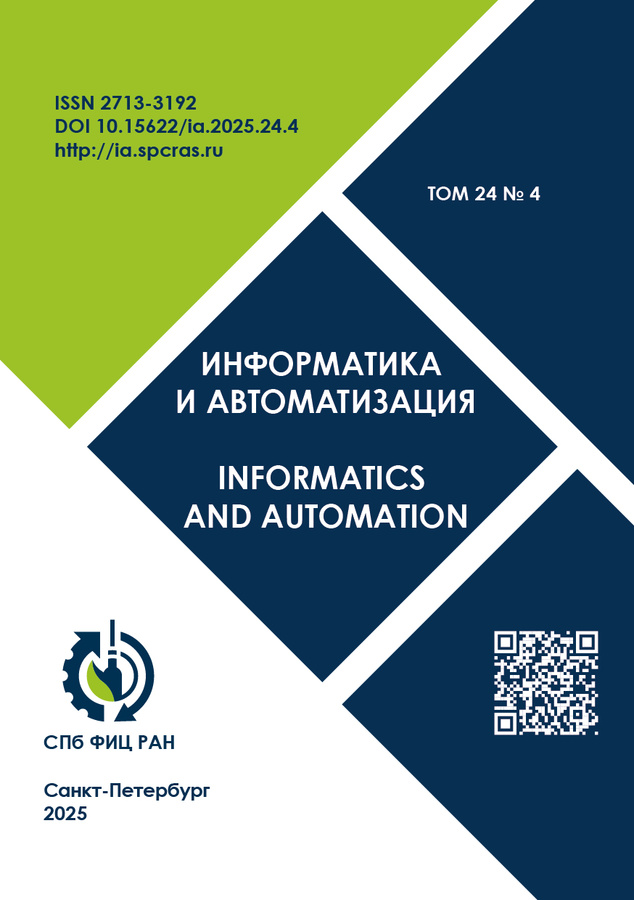This paper proposes an algorithm for short-term rain rate forecasting, RainCast (Rain Rate NowCast), for up to two hours. This area of meteorology, known as 'nowcasting', is one of the most important tools in many areas of human activity. However, its availability may be severely limited by existing ground infrastructure. In this paper, the authors aim to create a precipitation forecasting algorithm for one such territory using the Asia-Pacific region as an example, based on satellite measurements from the Himawari-8/9 spacecraft. The algorithm combines the advantages of deterministic and statistical approaches to solve the forecasting problem and is based on two neural networks. The first model, a modified version of the physically constrained neural network NowcastNet, generates a preliminary forecast of the general direction of precipitation movement at the mesoscale level. The second model, based on the CasFormer architecture, employs diffusion methods to post-process the initial forecast, refining fine-scale details. The resulting hybrid algorithm, named RainCast, enables short-term precipitation forecasting (up to 2 hours) with high spatiotemporal resolution (2 km, updated every 10 minutes), utilizing solely infrared satellite measurements. Satellite data are converted into precipitation intensity using the algorithm previously developed by the authors. Based on precipitation maps, training, validation, and test datasets were compiled for the algorithm development and forecast quality assessment. The proposed RainCast algorithm was trained on these datasets and compared with other state-of-the-art solutions such as NowcastNet, Casformer, and Earthformer. Analysis of performance metrics demonstrated that the hybrid RainCast algorithm achieves comparable accuracy. For a 2-hour forecast, the Root Mean Square Error (RMSE) was 0.88, the Probability of Detection (POD) was 0.78, the Pearson Correlation Coefficient (PCC) was 0.75, the Structural Similarity Index Measure (SSIM) was 0.91, and the Peak Signal-to-Noise Ratio (PSNR) was 36.63. Visual analysis of the forecasts confirmed that RainCast produces results closest to actual observations, primarily due to the diffusion model's ability to refine fine-scale spatial and temporal precipitation patterns.
 1007-1028
1007-1028


 1029-1058
1029-1058


 1059-1084
1059-1084


 1085-1113
1085-1113


 1114-1156
1114-1156


 1157-1181
1157-1181


 1182-1205
1182-1205


 1206-1250
1206-1250











